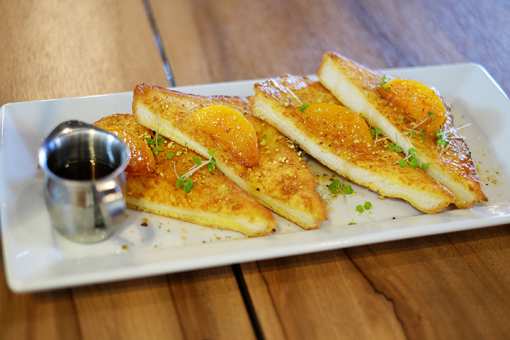Looking north at Central Avenue and Main Street. Streets were still unpaved and lined with pepper trees. The early Main Street ran parallel to the railroad tracks, but businesses began to spring up along Central Avenue. These stores included a hotel, drug store, pool hall, dry goods store and theater.
About 1914, the Fillmore State Bank, capitalized by local businessmen in 1905 for $25,000, gave us the finest building in town at the corner of Central and Santa Clara Streets. The first floor exterior was faced with George Henley’s Sespe brownstone, which was then being shipped all over the United States from his quarries up the Big Sespe Canyon.
The board of directors went all out for elegance, something Fillmore had never had before. The two story free-standing brownstone columns at the imposing entrance on the corner supported a great curving slab of stone. Inside the building there were Carrera marble counters with an ornate bronze-barred window for the cashier.
The brick-faced second floor became the original Masonic Hall and also was used by the Ebell Club ladies when they obtained their charter in 1914 for awhile.
A Southern Pacific freight train stopped at the west bridge over the flooding Sespe Creek in 1938. The bridge over the east channel had already been washed away. (courtesy Fillmore, CA, 1888-Centennial-1988)
circa 1915
Owen Miller, town constable and bootlegger, owned the Central Hotel. The car is a Model N Ford. The livery stable, also owned by Owen Miller, is to the left.
Dr. J.P. Hinckley was Fillmore’s first doctor, and many times he would be given a chicken, some garden vegetables, or perhaps a fat pig, as his fee. His son, Dr. Ira Hinckley was the town’s first dentist, and in 1900, also ran the first drugstore at the northeast corner of Ventura Street and Central Avenue. He had his dental office in the rear of the store and many a patient waited in the dental chair with their tooth only half filled while Ira filled a prescription or whipped up an ice cream soda for a customer at Fillmore’s first soda fountain, located in the front of the store. The drugstore later became Clough’s Pharmacy. (Courtesy Fillmore, CA, 1888-Centennial-1988)
circa 1900
The original Bardsdale School, about 1900. The building was constructed prior to 1899. H.E. Peyton bought the building in 1918 and moved it to another site. The school bell is on display in the 1887 Southern Pacific Depot on the site of the Fillmore Historical Museum.






